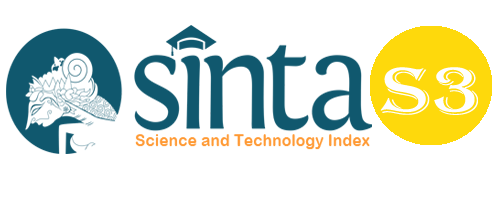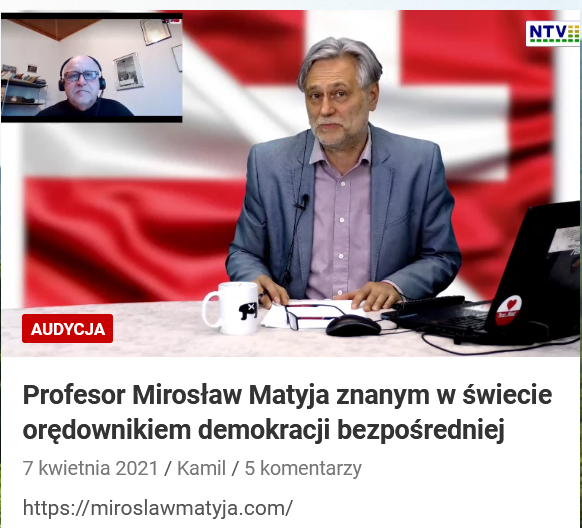Relationship of Work Motivation with the Work Commitment of Cooperative Employees Kencono Wungu Mojokerto
Abstract
This study aims to determine the relationship between work motivation and work commitment in the Kencono Wungu Cooperative. The research hypothesis is that there is a positive relationship between work motivation and work commitment of employees at the Kencono Wungu Cooperative. Employees who have high motivation will have a high work commitment as well. Vice versa, employees who have low motivation will have low work commitment as well. A quantitative approach with correlational research was used in this study. Purposive Sampling with 20 subjects as a sampling technique. Some of the research instruments used include validity tests with the results of the validity index of work motivation (x) being 0.934 and work commitment (y) being 0.937. To test the reliability of the variable (x) of 0.934 and the variable (y) of 0.937. Both variables are normally distributed because the results of the normality test show the results of 0.065; p=0.05. And the two variables have a linear relationship because the results of the linearity test are 0.542; p=0.05. The correlation test results show that there is a positive and significant relationship between work motivation and work commitment (r = 0.542; p = 0.000 < 0.05). As a result, the goal is to have a high level of work motivation and a high level of work commitment.
Keywords
Full Text:
PDFReferences
Anoraga, Pandji.2005. “Psikologi Kerja”. Jakarta: PT Rineka Cipta
Arif, S. (2019). Influence of Leadership, Organizational Culture, Work Motivation, and Job Satisfaction of Performance Principles of Senior High School in Medan City. Budapest International Research and Critics Institute-Journal (BIRCI-Journal). P. 239-254
Azwar, S. 2000. “Reliabilitas dan Validitas”. Pustaka Pelajar : Yogyakarta.
______. 1995. “Sikap dan Validitas”. Yogyakarta: Pustaka Pelajar.
______. 2001. “Dasar-Dasar Psikometri”. Pustaka Pelajar : Yogyakarta.
______. 2002. “Penyusunan Skala Psikologi”. Pustaka Pelajar : Yogyakarta.
Cipta. Azwar. “Saifuddin, Reliabilitas dan Validitas, Edisi 4”. Yogyakarta: Pustaka Pelajar, 2012
Hartono. (2008). “SPSS 16.0 Analisis Data Statistika dan Penelitian”. Pustaka Belajar Yogyakarta
Imam Ghozali. 2011. “Aplikasi Analisis Multivariate dengan Program IMB SPSS 19”. Semarang. Badan Penerbit Undip.
Just Another WordPress.com, “Korelasi Pearson Product Moment”, oleh Hannin diakses tanggal 26 juni 2020 https://belajarbersamahannin.wordpress.com/2012/01/14/korelasi-pearson-product-moment/
Mutia Kusuma Dewi, 2011. “Analisa factor-faktor psikologi yang mempengruhi komitmenkerja organisasi”. Universitas islam negeri syarif hidayatullah. Jakarta
Nanang Martono. 2010. “Metode Penelitian Kuantitatif”. Jakarta. Rajawali Pers
Purba, K., Sudibjo, K. (2020). The Effects Analysis of Transformational Leadership, Work Motivation and Compensation on Employee Performance in PT. Sago Nauli. Budapest International Research and Critics Institute-Journal (BIRCI-Journal). Volume 3, No 3, Page: 1606-1617.
Sugiyono, (2007). “Metode penelitian kuantitatif, kualitatif dan R&D”. Alfabeta Bandung Indonesia.
Sugiyono. 2011. “Metode Penelitian Kuantitatif, Kualitatif dan R&D”. Bandung: Afabeta
Sugiyono (2015). “Metode Penelitian Kombinasi (Mix Methods)”. Bandung: Alfabeta.
Sugiyono, Prof. Dr. (2016). “Metode penelitian kuantitatif, kualitatif dan R&D”. Alfabeta Bandung Indonesia
V. Wiratna Sujarweni. 2014. “SPSS untuk Penelitian”. Yogyakarta: Pustaka baru Press
Werdhiastutie, A. et al. (2020). Achievement Motivation as Antecedents of Quality Improvement of Organizational Human Resources. Budapest International Research and Critics Institute-Journal (BIRCI-Journal). Volume 3, No 2, Page: 747-752
DOI: https://doi.org/10.33258/birci.v4i3.2600
Article Metrics
Abstract view : 74 timesPDF - 45 times
Refbacks
- There are currently no refbacks.

This work is licensed under a Creative Commons Attribution-ShareAlike 4.0 International License.

This work is licensed under a Creative Commons Attribution-ShareAlike 4.0 International License.

_.gif)

















_.gif)



